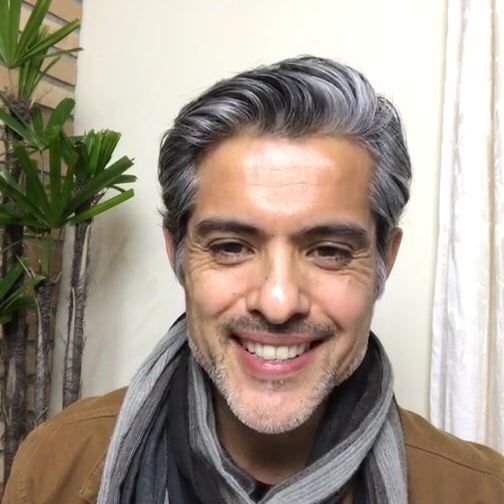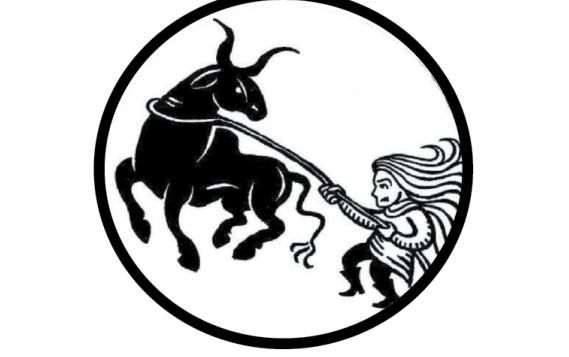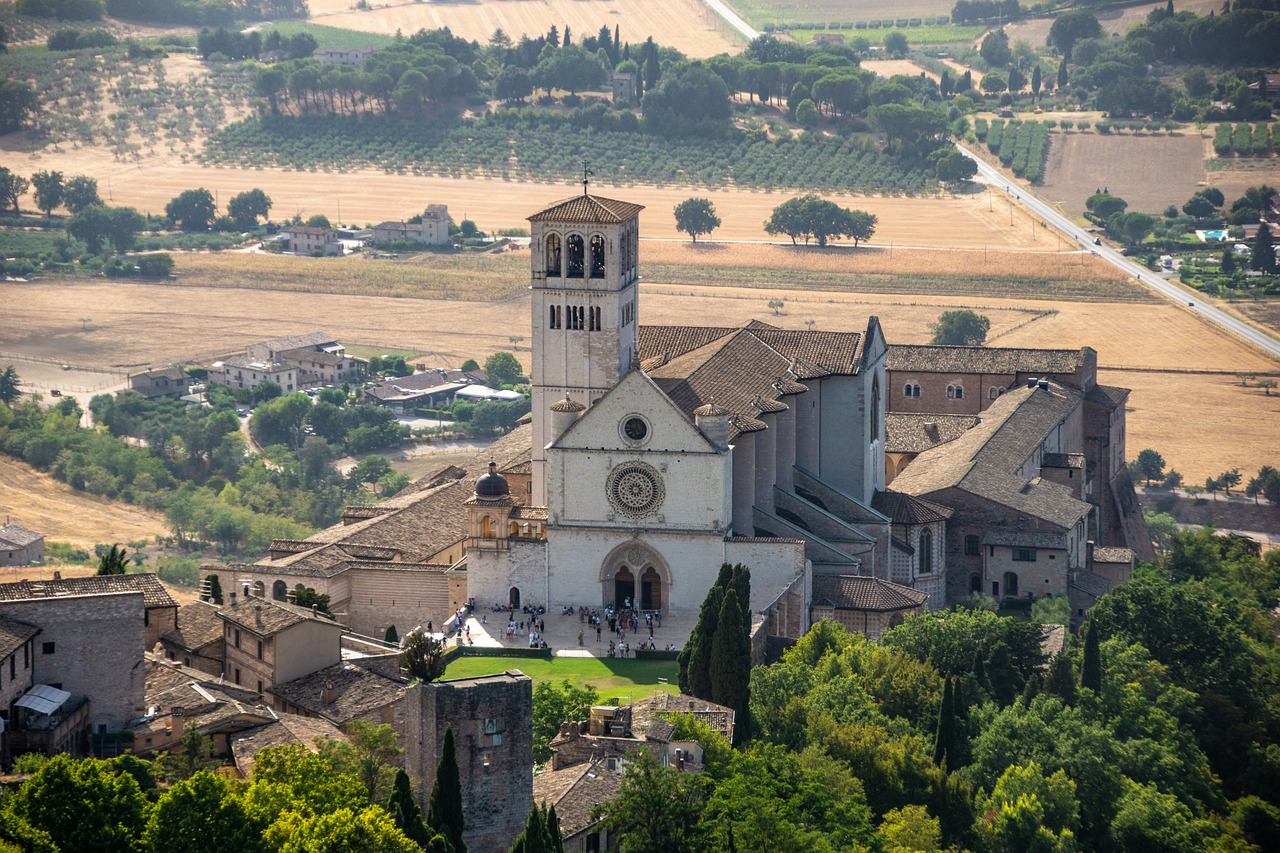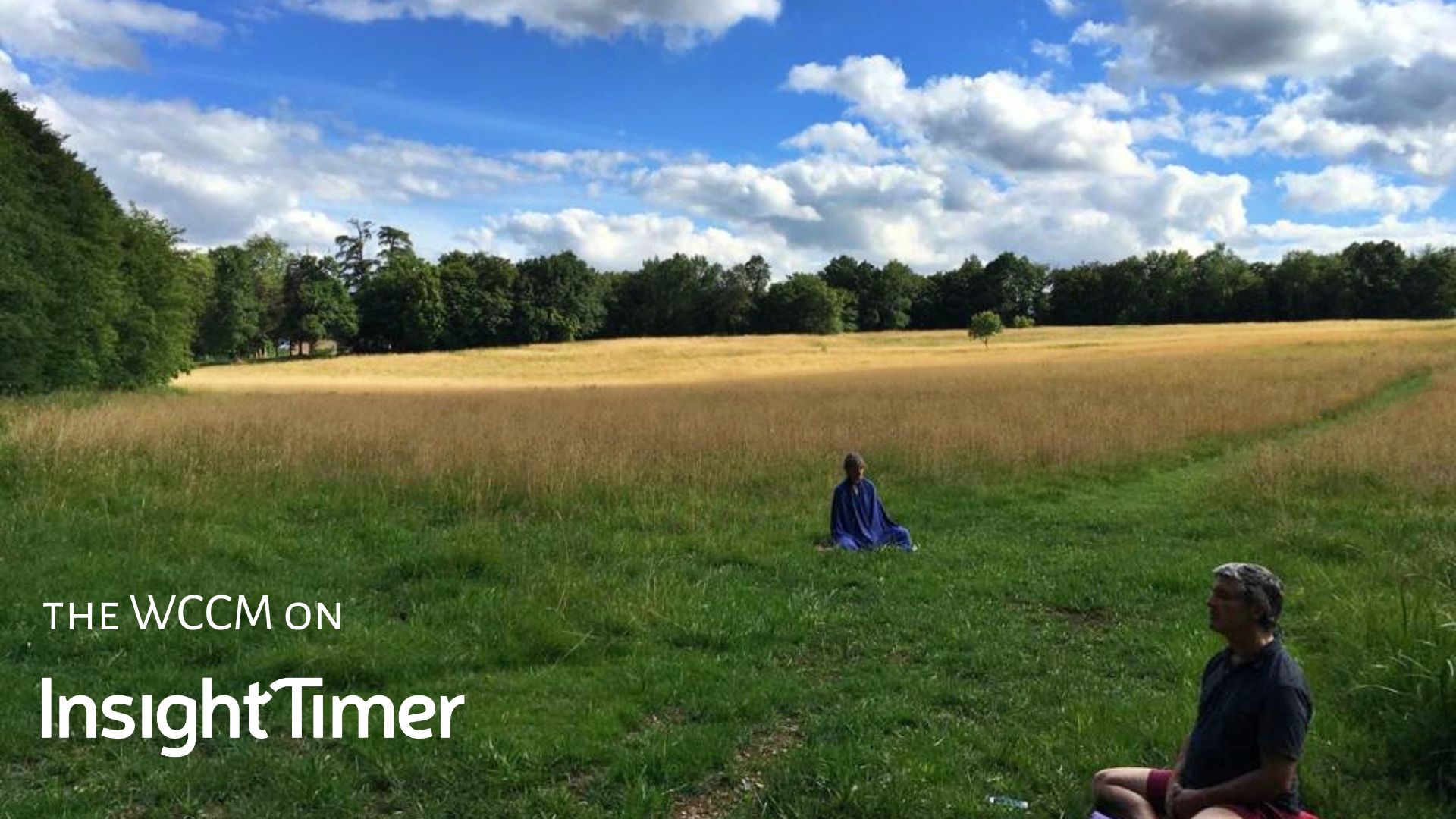We’ve interviewed author Andrew McAlister from Austraia and illustrator Carlos Siqueira from Brazil on the recent book they worked on together and recently published titled: ‘Hold The Rope, Carry Your Cross: Christianity and the Ten Bull Pictures of Zen’.
If you’re interested in purchasing the book, you can find it on WCCM Media Store
Interviewing the Author: Andrew McAlister
Can you tell us how this book came about?

It actually grew out of another writing project. I was researching meditation and community as a spiritual practice. I soon realised that any book about these would need to be very practical. So I went in search of practices that might compliment meditation while also being compatible with the experience of community.
During this search I reconnected with the Ten Ox-Herding Pictures. I knew of them and had been interested in them for a number of years. Now there was a chance to get to know them a bit better. As I did this, out came the verse for each picture. When I showed them to Fr. Laurence and to Stefan Reynolds, they both suggested that they could be published. As we discussed this possibility, a structure for the book took shape. There was agreement that because there was new verse for each picture, we might also have a go at new pictures. Stefan suggested Carlos and Carlos said yes. While Carlos drew, I continued to write and edit.
As time went on, I became conscious that this process was happening in a kind of ‘Christian silo’: it was only Christians pondering the bull pictures. Eventually I met Subhana Barzaghi (a Zen Roshi from the Sydney Zen Centre, here in Australia). After some discussion she agreed to take a look at the project. She even passed it on to another Roshi for him to consider. After their input, I felt the project could proceed in a more balanced way.
When it came time to approach a publisher, we soon found out that while publishers were interested, they were not willing to invest. So I found a publisher here in Australia that both supported self-publishing and also did publishing themselves. With their support I published the print version, while they published the ebook.
‘The deep simplicity of the Bull Pictures engaged the mind and imagination of two Christian meditators and produced this rich and intriguing book.’
Laurence Freeman
What was the inspiration for the pictures?
I used the traditional images of the Ten Bulls of Zen as a base, and tried to make a more modern, contemporary version, but trying to keep the Japanese style of a simple design and using only black and white contrast. Another difference is that instead of a monk in search of the true Self, I alternated drawing a young man and a young woman, representing that this is a universal human search. The last drawing was the most challenging, as Dom Laurence asked me to make the man and woman become one. After several attempts, I think I got this union in the last drawing. For me, the last drawing also symbolizes that Happiness is only full when it is shared. Be sharing the love, wisdom and compassion that result from this union in the heart, and also materially, giving food to those who are hungry.
In your book you talk about Zen Buddhism and Christianity, what are the commonalities between the two?
What is the role of the illustrations in this book?
Interviewing the Illustrator: Carlos Siqueira
What was the inspiration for the pictures?

I used the traditional images of the Ten Bulls of Zen as a base, and tried to make a more modern, contemporary version, but trying to keep the Japanese style of a simple design and using only black and white contrast.
Another difference is that instead of a monk in search of the true Self, I alternated drawing a young man and a young woman, representing that this is a universal human search. The last drawing was the most challenging, as Dom Laurence asked me to make the man and woman become one. After several attempts, I think I got this union in the last drawing. For me, the last drawing also symbolizes that Happiness is only full when it is shared. Be sharing the love, wisdom and compassion that result from this union in the heart, and also materially, giving food to those who are hungry.






